It’s impossible to be ambivalent about Marseille. Those of us who call the city home – native and adopted Marseillais – know that for some first-time visitors, it’s a place that doesn’t reveal its considerable charms as easily as other corners of southern France. Many bypass the boisterous Mediterranean port on their way to sleepy Provençal villages or the Côte d’Azur. They don’t know what they’re missing.
Marseille’s Phocaean founders dropped anchor in its natural harbour around 600BC. France’s oldest city has been shaped by millennia of migration since – from the Romans to Corsicans and Algerians, Spanish, Armenians, Comorans and Vietnamese – and the fiercely proud Cité Phocéenne, as some still refer to it, moves to its own distinctive rhythm. Culinary historian Emmanuel Perrodin is fond of repeating a local saying: “First you have the sea, then the city, and beyond that is another country called France’.”
Outsiders who struggle to categorise post-industrial Marseille often end up comparing it to places they know: for Italians it’s like Naples; for many Britons, it’s the Liverpool of France. Lebanese say the city’s beauty amid chaos reminds them of Beirut. A music producer from New York who decided to make Marseille home says it’s like Brooklyn mixed with California. One local sociologist calls it the French Detroit. “It’s a mess after my own heart,” is how Swiss-born novelist Blaise Cendrars put it.
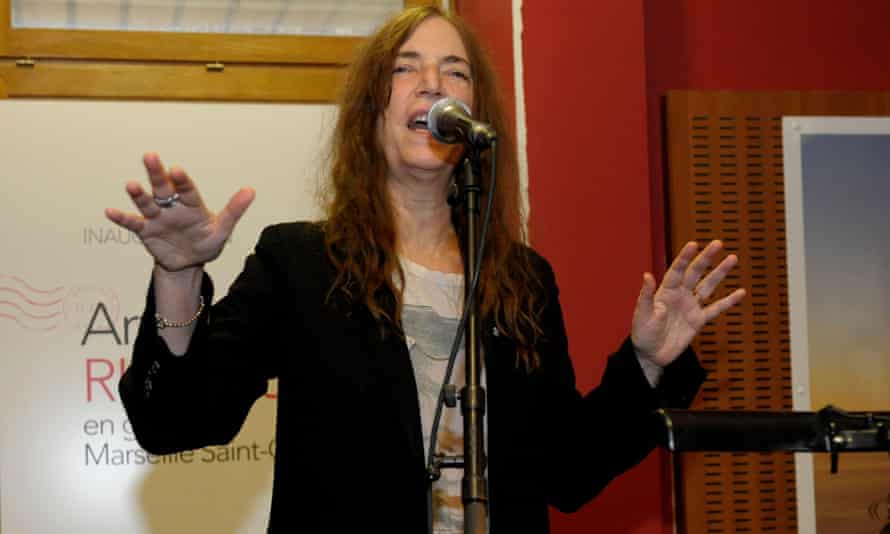
Cherished by the likes of German philosopher Walter Benjamin and singer Patti Smith (whose beloved Rimbaud died there), Marseille rewards those willing to peel back the dense layers of its history and go beyond French Connection-era stereotypes to explore its modern realities. What they discover is one of France’s most intriguing and cosmopolitan cities, its true ville carrefour, or crossroads city, on the Mediterranean, a place where life is lived large, and often in several languages.
While there is no substitute for walking Marseille’s sunny streets, the many writers, filmmakers, artists and musicians who have sought to capture its spirit – with all its complexities and contradictions – offer ways of seeing and feeling the city until visiting is possible again.
Read
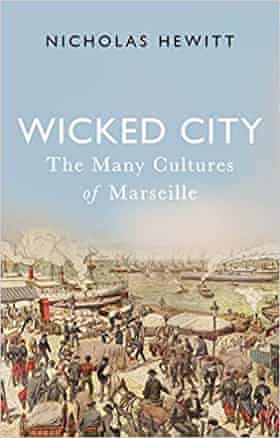
Marseille is France’s second city yet surprisingly few books about it – including travel guides – are available in English. The late British historian Nicholas Hewitt was fascinated by the place it occupies in the French imagination and how the city created – and often falls victim to – its own mythology. His book Wicked City (reviewed here by longstanding Marseille resident Jonathan Meades) traces two centuries of its cultural history from 19th-century writers to music hall stars and the current rap scene.
James Ellroy, author of LA Confidential, told local novelist François Thomazeau that he would have written Marseille Confidential had he been Marseillais. The city has proved a rich seam for writers of polar – crime fiction. The stories that make up the Marseille Noir anthology offer a more recent take but the city’s most celebrated writer remains the late Jean-Claude Izzo, whose hardboiled trilogy featuring detective Fabio Montale put Marseille polars on the map in the 1990s. It still reads well today, even if Izzo’s Marseille has changed as a result of investment and a new city politics (the city has been run by a Green-Left coalition since the rightwing former mayor retired last year after a quarter-century in the job). Izzo’s lesser known collection of essays, Garlic, Mint and Sweet Basil, is a love letter to his native city and the Mediterranean that laps it. “Wherever you are from,” he writes, “you feel at home in Marseille.”
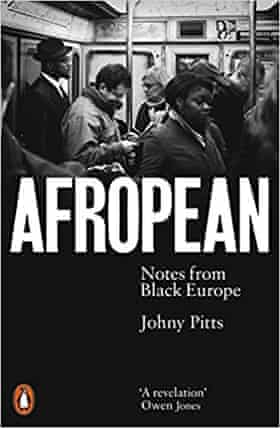
The city gets a chapter in British writer Johny Pitts’s prize-winning travelogue Afropean, Notes from Black Europe. “Marseille is a mongrel of a metropolis, and all the things that made other people turn their nose up at it made me feel at home,” he writes. “I had found a place I could exist in Europe without any questions of belonging.”
Marseille has inspired several foreign novelists. Harlem Renaissance writer Claude McKay drew on his experience working on Marseille’s docks in the late 1920s to produce two novels set in the city: Banjo, which centres on a group of black migrants, and Romance in Marseille, the tale of Lafala, a disabled West African sailor who lives among its dockers and prostitutes. McKay is commemorated by a street named after him next to the Vieux Port.
Watch
Chef and food writer Anthony Bourdain loved Marseille’s saltiness and frenetic energy so much he wanted to retire there. The Marseille episode of his Parts Unknown series is a paean to the city he described as “not France in the best possible way” and encouraged many Americans to make their first visit.
The Netflix series Marseille, billed as a French House of Cards, was panned by local people, who often quip that the city’s politics in real life trump anything the script writers could come up with. That said, the city looks beautiful.
Also on Netflix is Marseille-born film-maker Jean-Bernard Marlin’s debut, Shéhérazade. While some reviewers fell back on cliches – Variety said it “reaffirmed Marseille’s status as one of the most dangerous cities in France” – the film’s tender love story between two teenagers living on the margins avoids sensationalism. Corniche Kennedy, a lushly shot feature named after the road that hugs Marseille’s coastline, explores similar themes and is available on Netflix.
Robert Guédiguian, whose Armenian migrant father worked on Marseille’s docks, tells stories of the city’s working class in films from Marius et Jeannette to the more recent Gloria Mundi, a family drama set against the gig economy.
Listen
Marseille’s musical mélange ranges from Algerian raï to Congolese rumba but rap has long been the city’s main soundtrack. Local rappers IAM were pioneers with their 1991 album De la Planète Mars, its title a reference to an affectionate nickname for the city.
Last year, several generations of Marseille rappers formed the 13 Organisé collective. Their single Bande organisée became the sound of Marseille’s pandemic summer and went platinum in the French charts. The accompanying video – which has more than 250 million views on YouTube – features the Stade Vélodrome, home of revered football team Olympique de Marseille, and what residents refer to as the Bonne Mère, the church that overlooks the city. Its lyrics are full of Marseillais swagger and the line “C’est pas la capitale (nah), c’est Marseille, bébé” has become a local catchphrase.
Rap blends with raï on Oran Marseille, a collaboration between IAM and Khaled, the Algerian singer known as the king of raï. Many Marseillais trace their origins to the Algerian city of Oran and the track captures the nostalgia of exile, as well as the gritty realities of life in Marseille.
American jazz pianist Ahmad Jamal considers Marseille his second home and in 2017 he dedicated an album to it. The title track, Marseille, featuring rapper Abd Al Malik, summons Jamal’s memories of what he calls la ville d’éternité.
See
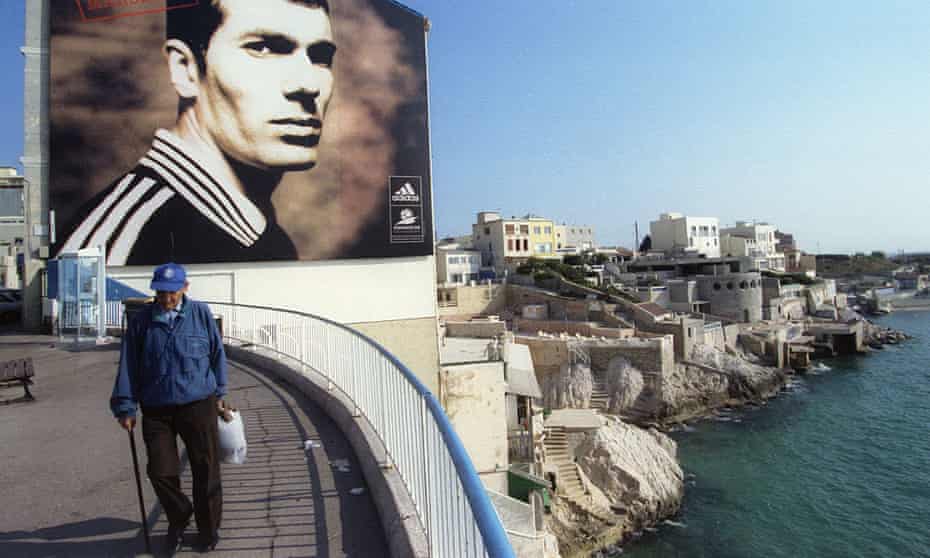
Marseille’s hardscrabble quartiers nords – home to sprawling tower block estates where the city’s most famous son, footballer Zinedine Zidane, grew up – are often the focus of lurid media coverage that reinforces a reputation for crime and drugs. Photographer Yohanne Lamoulère has documented life there for more than a decade, exploring the deep structural challenges that have paralysed its neighbourhoods, and the conflicting visions over how they should be addressed. Her series Gyptis & Protis focuses on young love in the quartiers nords while Faux-Bourgs offers a portrait of a city unsure of its future.
Fashion designer Jacquemus grew up near Marseille and is one of the city’s greatest champions, organising runway shows on the beach and publishing a book in collaboration with 14 artists titled Marseille Je t’aime. Last summer, he compiled a three-part city guide on Instagram, Mon Marseille
Taste
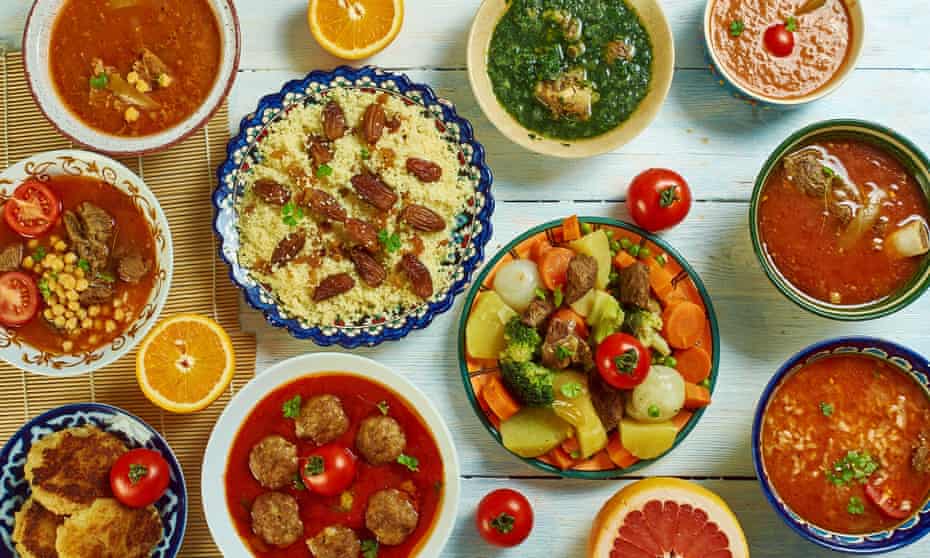
American TV chef Julia Child lived in Marseille in the early 1950s and appreciated it for all the ways it was not Paris. “To many of our northern French friends it was terra incognita: they had never been here, and considered it a rough, rude, ‘southern’ place. But it struck me as a rich broth of vigorous, emotional, uninhibited life,” she wrote in her autobiography, My Life in France.
In recent years, a new generation of Marseille chefs are casting off the city’s tired old associations (bouillabaisse may have been invented here but these days it is eaten mostly by tourists) and drawing on its diaspora communities for inspiration. Alexis Steinman, an American food writer based in Marseille, believes the city’s complicated history is best told through the culinary heritage left by generations of migrants. Pre-Covid, Steinman led a food tour of Marseille called Beyond Bouillabaisse. Now she writes about the various traditions – from Maghrebi to Armenian, Sephardic Jewish, Italian and Corsican – that have contributed to the city’s cuisine.
Whatever a Marseillais chooses to eat – pizza is a particular favourite in the city, a nod to the many Marseillais with Neapolitan roots – they are likely to bring their day to a close with an apéro. The typical glass of pastis or rosé wine is often served with panisses: salty fritters made from chickpea flour and olive oil (find the recipe on local gourmand Pierre Psaltis’s website).





